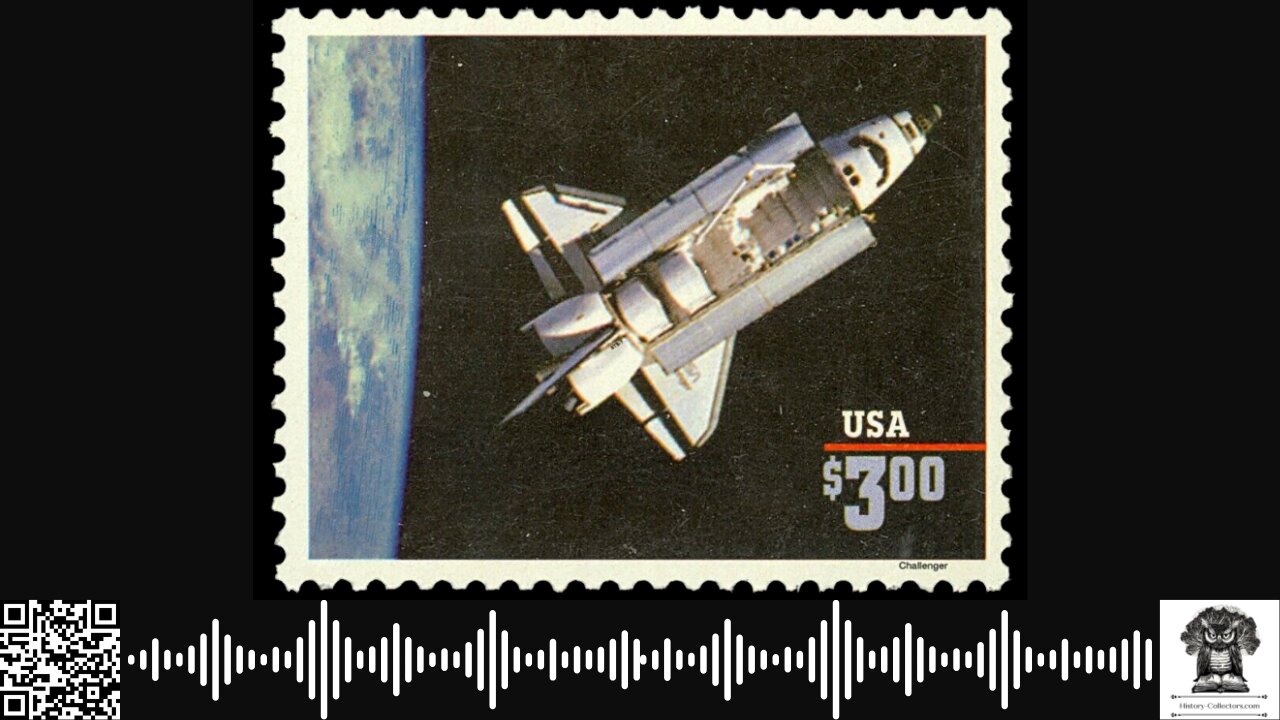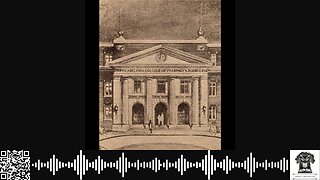Premium Only Content

#OnThisDate February 7, 1984: Untethered Triumph
https://history-collectors.com/ | Own A Piece Of History
Astronauts Bruce McCandless II And Robert L. Stewart Made History By Conducting The First Untethered Spacewalk During NASA’s STS-41-B Mission Aboard The Space Shuttle Challenger. This Milestone Represented A Significant Advancement In Space Exploration, Demonstrating The Potential For Astronauts To Move Freely In Space Without A Physical Connection To Their Spacecraft.
McCandless And Stewart Used The Manned Maneuvering Unit (MMU), A Nitrogen-Powered Backpack That Allowed Them To Navigate Space Independently. This Revolutionary Device Enabled McCandless To Become The First Human To Float Untethered In The Vacuum Of Space, Traveling Approximately 320 Feet Away From The Challenger. The Sight Of McCandless, Alone Against The Blackness Of Space, Remains One Of The Most Iconic Images In Space History.
The STS-41-B Mission, Which Launched From Kennedy Space Center In Florida On February 3, 1984, Was Challenger’s Fourth Flight And NASA’s Tenth Space Shuttle Mission. The Mission Objectives Included Deploying Two Communication Satellites, Westar 6 And Palapa B2, And Testing New Extravehicular Activity (EVA) Procedures. While The Satellites Failed To Reach Their Intended Orbits, The Untethered Spacewalks Were A Groundbreaking Success.
On February 7, McCandless Exited The Shuttle’s Payload Bay And Initiated A Historic Test Flight Of The MMU. Controlled With Small Thrusters, The Unit Allowed Precise Movements In Space. Later, Stewart Also Tested The MMU, Proving Its Reliability For Future Missions. The Astronauts Spent Over Five Hours Outside The Spacecraft, Evaluating How Well The MMU Performed Under Real Conditions.
This Achievement Had Profound Implications For Space Exploration. The MMU Proved That Astronauts Could Perform Repairs And Satellite Retrievals Without Requiring A Tethered Connection To Their Spacecraft. In 1984, This Capability Became Crucial During The STS-51-A Mission, When Astronauts Successfully Used The MMU To Recover Two Stranded Satellites, Westar 6 And Palapa B2, Which Had Failed During STS-41-B.
Despite Its Success, The MMU Was Only Used On Three Space Shuttle Missions Before Being Retired In Favor Of The Robotic Canadarm And The SAFER (Simplified Aid For EVA Rescue) System, A Smaller, Emergency-Use Maneuvering Unit. While Astronauts No Longer Use MMUs, The Technology Pioneered In 1984 Remains Vital For Current And Future EVA Missions, Including Those Planned For The Artemis Program And Potential Missions To Mars.
The Untethered Spacewalks Of February 7, 1984, Stand As A Testament To Human Innovation And Courage. Bruce McCandless II And Robert L. Stewart Demonstrated That Astronauts Could Move Independently In Space, Paving The Way For Future Space Operations, Including Space Station Construction, Satellite Servicing, And Deep-Space Missions. Their Groundbreaking Achievement Remains One Of NASA’s Most Remarkable Milestones In Human Spaceflight.
--------------------------------------------------------------------------------------------
Whether You're Commuting, Working Out, Or Just Relaxing, These Recordings Give You The Freedom To Absorb Knowledge At Your Own Pace, Wherever You Are.
Tune In To Focus Deeply On The Content Without Visual Distractions, And Easily Control Playback To Review Complex Topics As Needed.
Perfect For Auditory Learners Or Anyone Looking To Maximize Their Time — Click Play All To Listen Now And Transform Your Time Into A Productive Learning Session!
For Enthusiasts Of Historical Ephemera, Visit History-Collectors.com To Find Collectibles That Might Complement Your Collection.
You Can Own A Piece Of History.
Before You Go, A Simple Way To Support The Efforts Of This Channel Is To Like, Subscribe, Comment And Share.
-
 3:59
3:59
History-Collectors.com
9 days ago#OnThisDate March 16, 1883: Pioneering Pharmacist
151 -
 DVR
DVR
Dear America
9 hours agoTrump Signs HISTORIC Executive Orders! + Russia Hoax Documents To Be Declassified!
33.1K5 -
 LIVE
LIVE
Wendy Bell Radio
5 hours agoNothing To Sell But Hate
9,029 watching -
 1:24:30
1:24:30
JULIE GREEN MINISTRIES
3 hours agoLIVE WITH JULIE
122K149 -
 1:17:38
1:17:38
Game On!
16 hours ago $2.78 earned2025 Sweet 16: Chalk or are UPSETS brewing?
26.8K -
 1:16:23
1:16:23
Jeff Ahern
2 hours ago $0.90 earnedNever Woke Wednesday with Jeff Ahern
19.5K2 -
 6:00
6:00
Melonie Mac
16 hours agoRippaverse Yaira Statue Unboxing!
51.3K29 -
 23:51
23:51
Shea Whitney
1 day ago $3.23 earned30 *INSANE* Amazon SPRING PRIME DAY Deals 2025!
50.5K7 -
 11:36
11:36
NinjaGamblers
22 hours ago $2.75 earnedBest Way to Win Big on Roulette with Bonus Multipliers: the Turbo Method
52.5K3 -
 12:42
12:42
ARFCOM Reviews
20 hours ago $1.44 earnedThe Texas Edition Subcompact EDC | Rost Martin RM1S
29.2K3